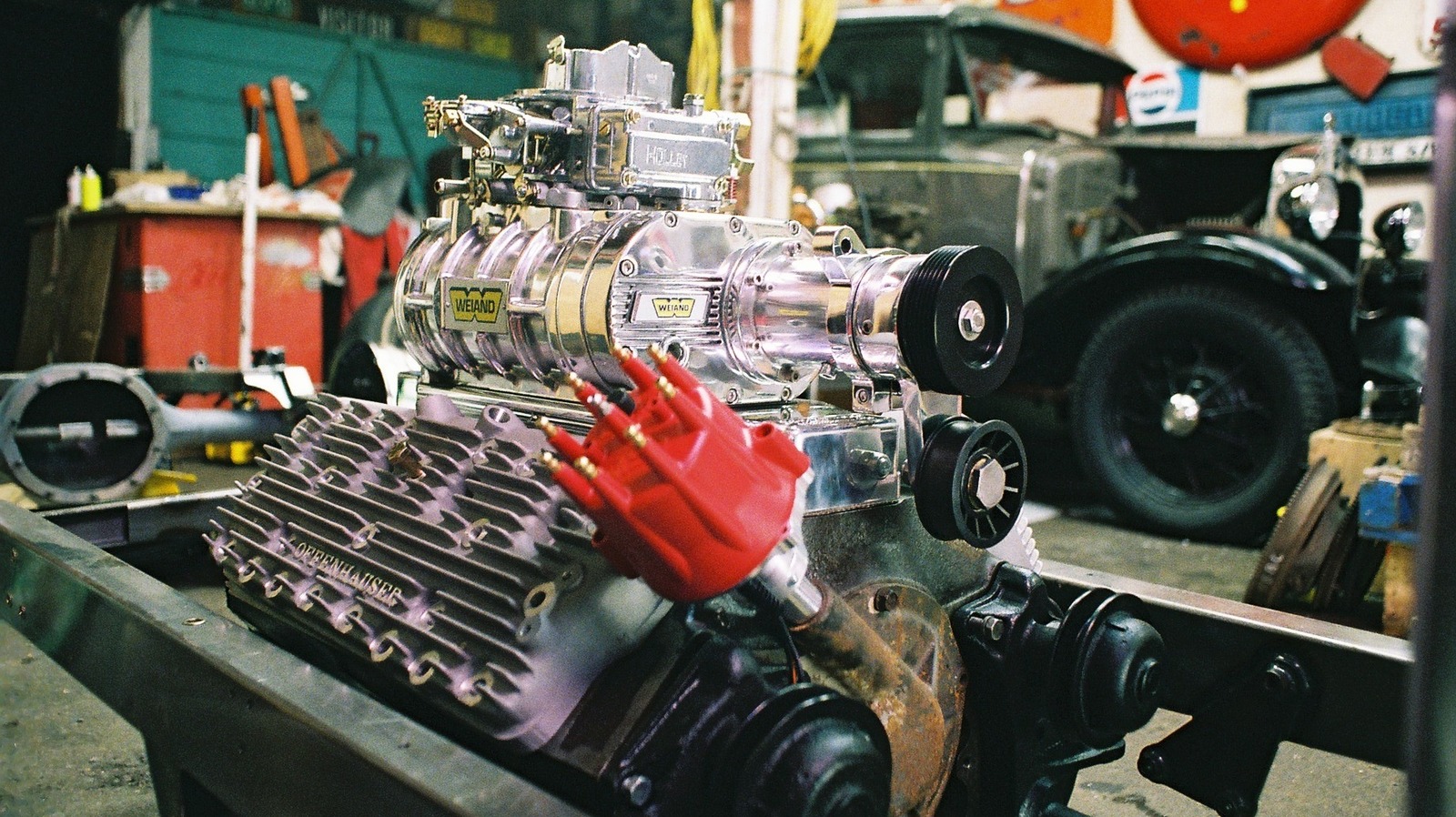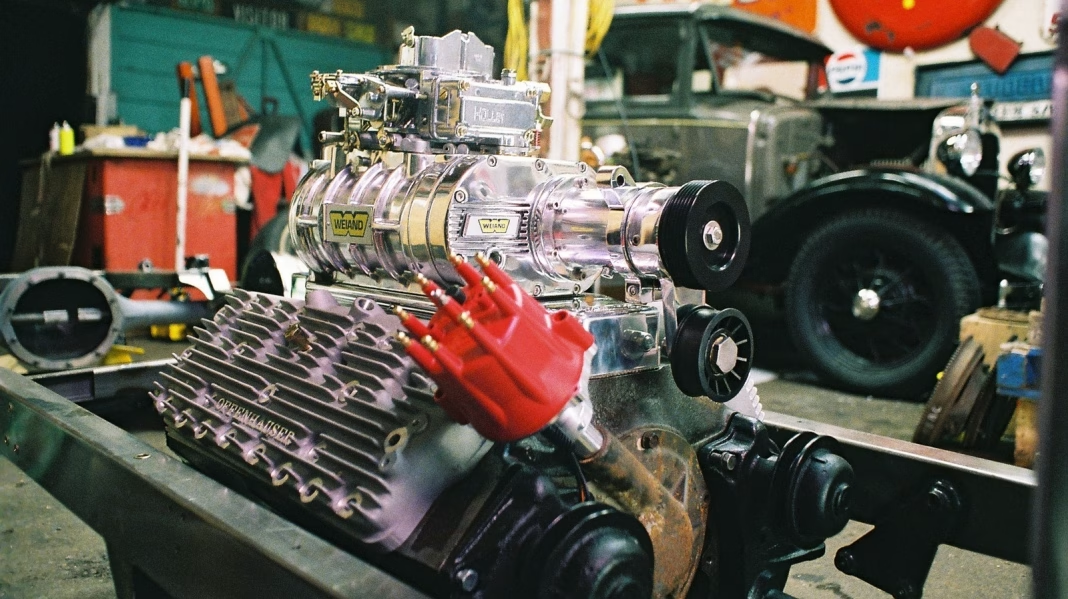What Makes Superchargers So Appealing to Car Enthusiasts?
If you’ve ever watched a car rocket down the drag strip or heard that unmistakable whine under the hood, you’ve probably wondered what’s behind all that power. The answer, more often than not, is a supercharger. These clever devices force more air into your engine, letting it burn more fuel and create more power—sometimes a lot more. But not all superchargers are created equal. The three main types—centrifugal, roots, and twin-screw—each have their own quirks, strengths, and ideal uses. Let’s break down what sets them apart and help you figure out which might be right for your ride.
How Does a Centrifugal Supercharger Work, and Who Should Consider One?
Centrifugal superchargers look a bit like turbochargers, and for good reason—they use a similar spinning impeller to compress air. The big difference? Centrifugal superchargers are belt-driven, so there’s no turbo lag. They’re known for delivering a smooth, linear power curve. That means you won’t get a sudden surge of power at low RPMs, but as the revs climb, the boost builds quickly and predictably.
This makes centrifugal superchargers a favorite for street cars and track builds where you want strong top-end power without overwhelming the tires at low speeds. They’re also relatively compact and easier to fit into tight engine bays. According to a 2023 report from SEMA, centrifugal superchargers have become increasingly popular in the aftermarket thanks to their efficiency and ease of installation.
On the flip side, if you’re after instant torque for burnouts or drag racing, you might find the gradual power delivery a bit tame. But for daily drivers and weekend warriors, the centrifugal setup offers a great blend of power and practicality.
What’s the Story Behind Roots Superchargers and Their Legendary Whine?
Roots superchargers are the old-school muscle car favorite. They use two interlocking lobes to push air directly into the engine, creating that iconic supercharger whine you hear at car meets. The key advantage here is immediate boost—there’s no waiting for the power to build. Stomp the pedal, and the torque is right there, ready to launch you forward.
This instant response is why roots superchargers are so popular in drag racing and classic American muscle cars. They’re also visually impressive, often poking through the hood with a big scoop or blower. According to engineering data from Eaton, a leading supercharger manufacturer, roots blowers can deliver up to 50% more torque at low RPM compared to naturally aspirated engines.
However, roots superchargers aren’t the most efficient at higher RPMs. They tend to generate more heat and can sap a bit more power from the engine to drive the blower. That means you might sacrifice some fuel economy and top-end power compared to other designs. But if you want that old-school feel and instant grunt, roots is hard to beat.
How Do Twin-Screw Superchargers Combine the Best of Both Worlds?
Twin-screw superchargers might look similar to roots blowers at first glance, but their internal mechanics are a step up in sophistication. Instead of just pushing air, twin-screw units actually compress it inside the housing, making them more efficient. The result? You get near-instant boost like a roots, but with less heat and better performance at higher RPMs.
This efficiency translates to more usable power across the rev range, making twin-screw superchargers a favorite for modern performance builds. They’re often found on high-end sports cars and factory supercharged models, like the Ford Shelby GT500 or certain AMG Mercedes engines. According to a 2022 SAE International study, twin-screw designs can deliver up to 15% more power with the same boost pressure compared to roots superchargers, thanks to their superior thermal management.
The downside? Twin-screw superchargers tend to be more expensive and can be trickier to install due to their size and complexity. But if you want the best balance of instant torque and high-RPM power, they’re tough to beat.
Which Supercharger Is Right for Your Needs?
Choosing the right supercharger isn’t just about chasing the biggest horsepower number. It’s about matching your goals, your budget, and your driving style. If you’re building a street car and want smooth, predictable power, centrifugal might be your best bet. For those craving old-school torque and that unmistakable blower whine, roots is the way to go. And if you want the latest in efficiency and all-around performance, twin-screw is worth the investment.
It’s also worth considering factors like installation space, maintenance, and long-term reliability. Talk to experienced tuners, check out real-world builds, and don’t be afraid to ask questions—there’s a passionate community out there ready to help.
What’s the Real-World Impact of Upgrading to a Supercharger?
Adding a supercharger isn’t just about numbers on a dyno sheet. It changes the whole character of your car. Suddenly, merging onto the highway feels like launching a rocket. That extra torque can make towing easier, or just put a bigger grin on your face during a spirited drive. But it also means more heat, more stress on engine components, and—let’s be honest—a bit more time spent tinkering in the garage.
According to recent data from the Performance Racing Industry, properly installed superchargers can boost engine output by 30-50%, depending on the setup. But reliability depends on supporting mods—think upgraded fuel systems, stronger internals, and proper tuning. Skimp on those, and you might end up with a costly repair bill.
The big takeaway? Supercharging isn’t about perfection—it’s about smarter adjustments. Start with one change this week, and you’ll likely spot the difference by month’s end.


